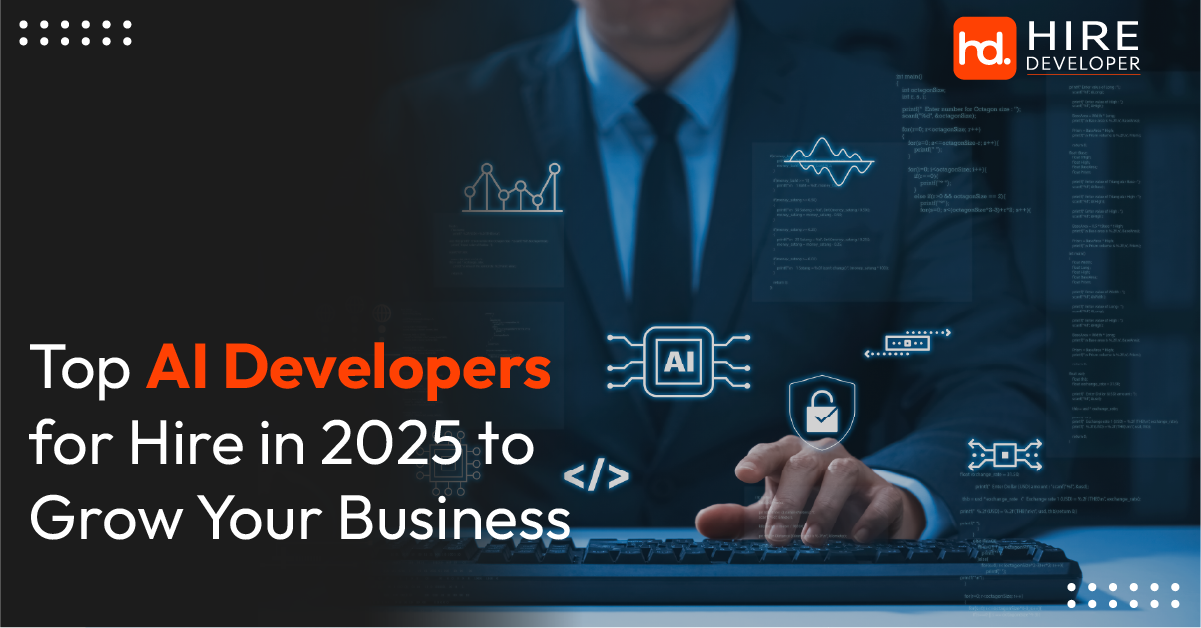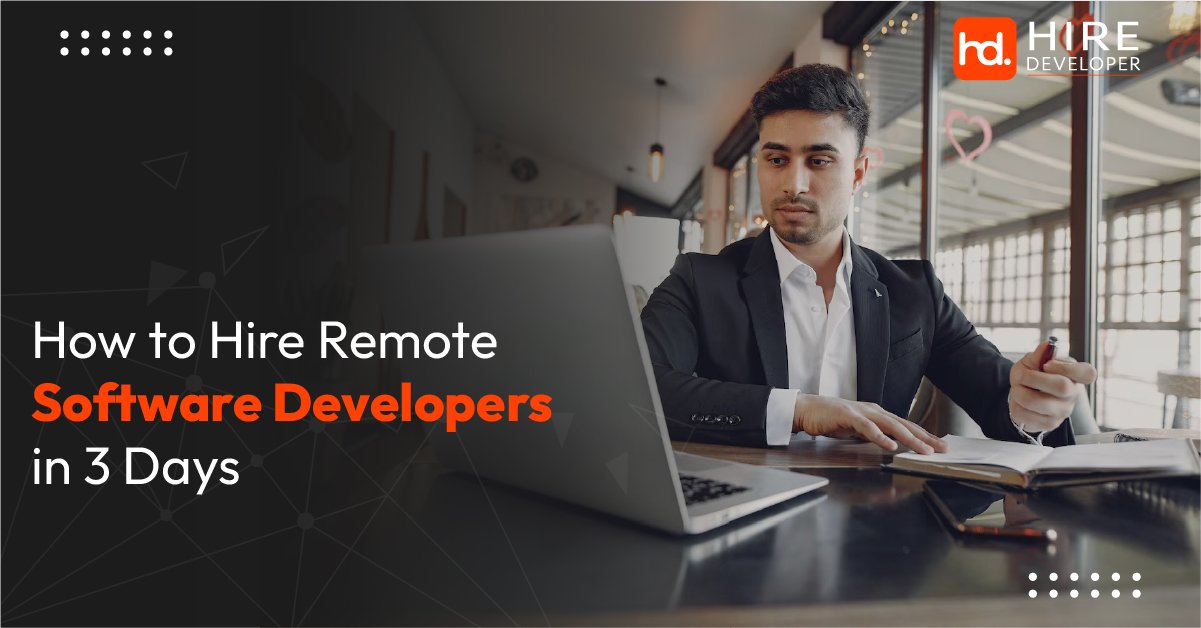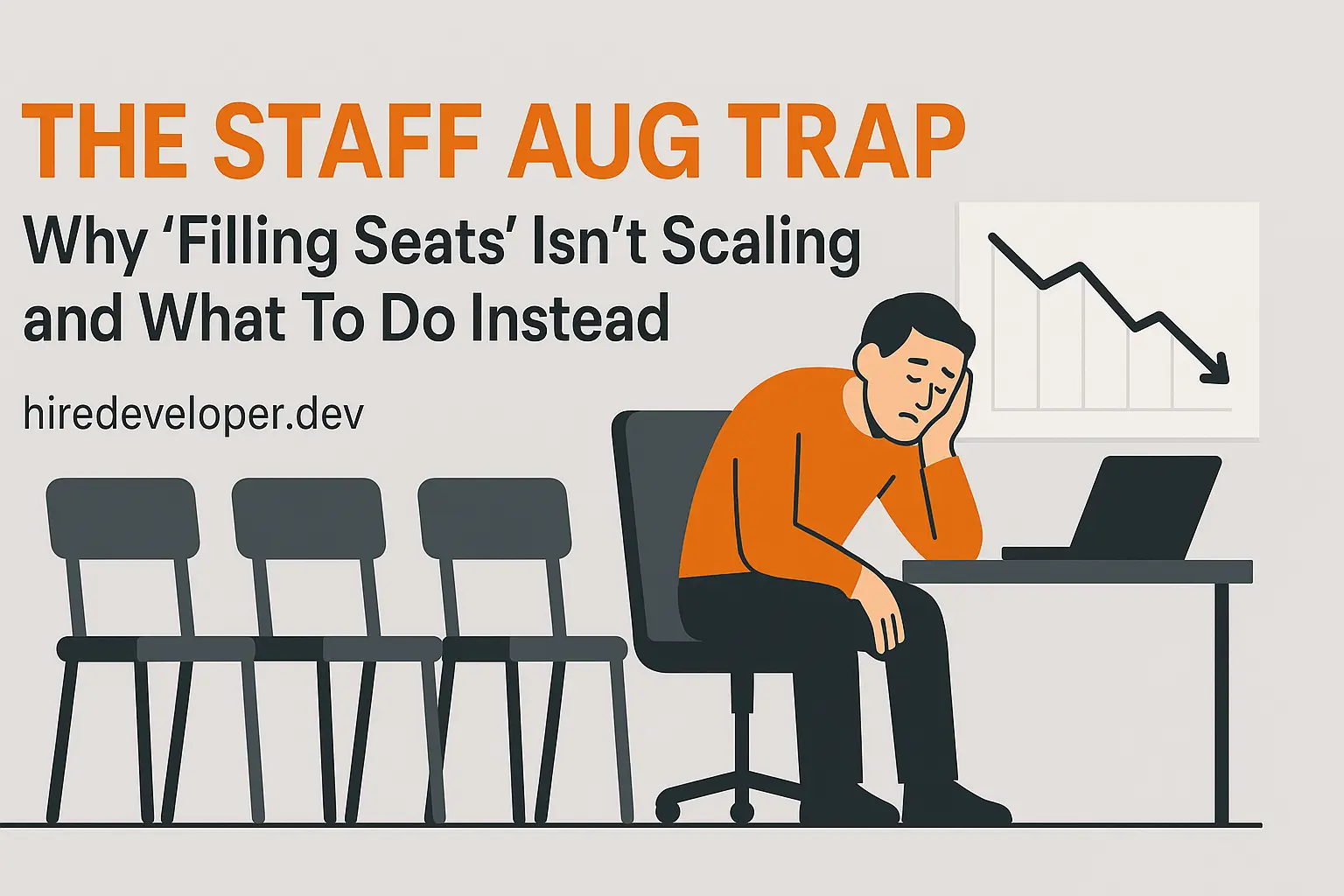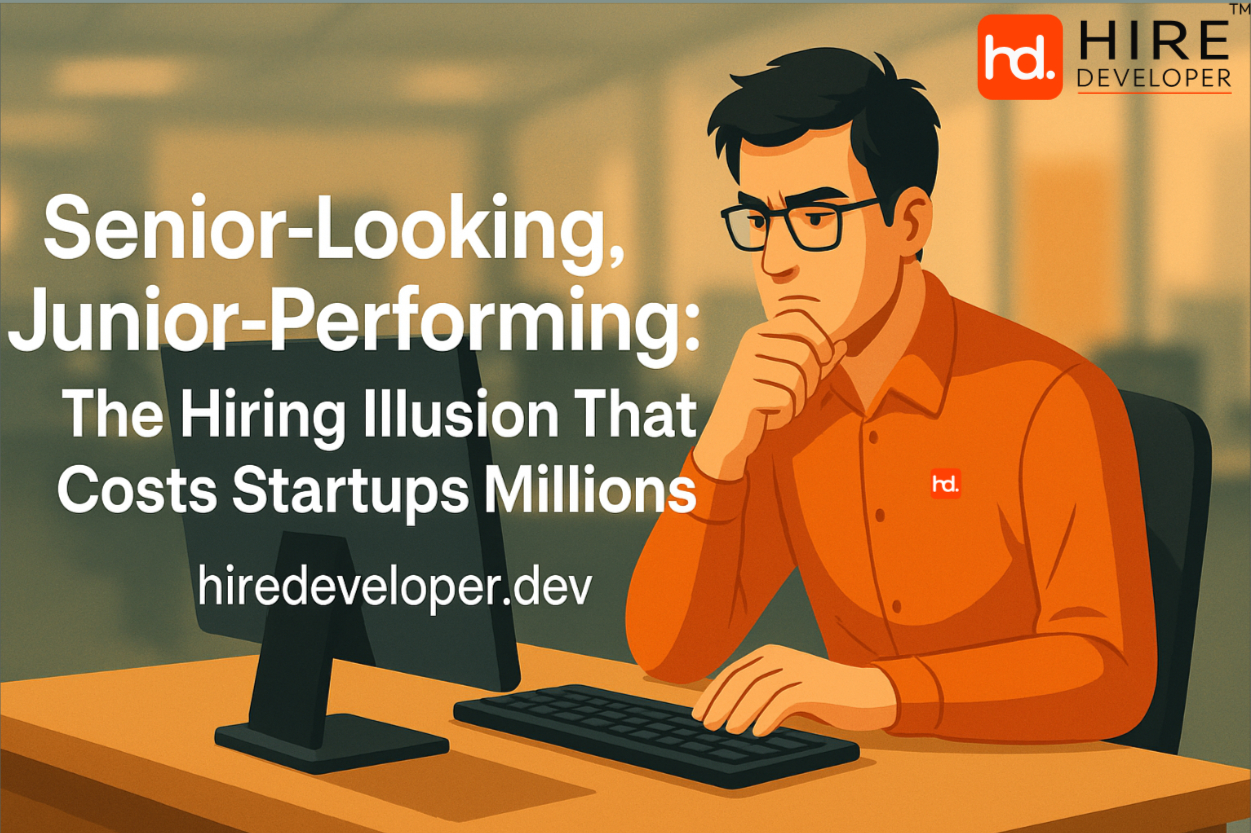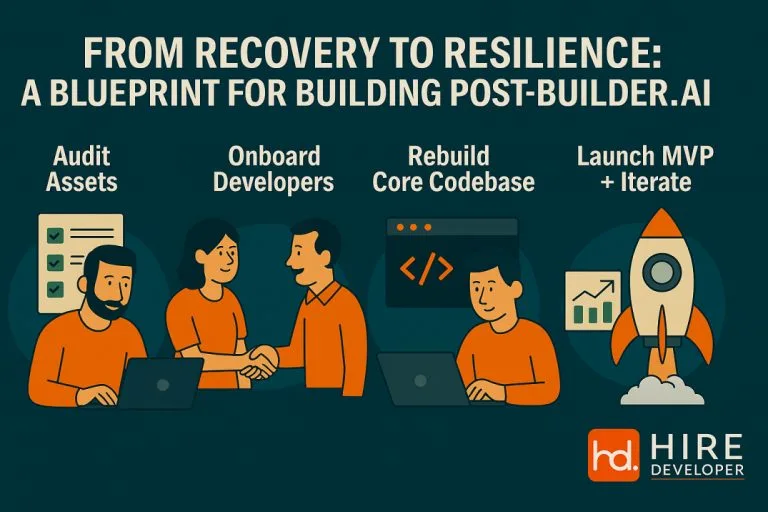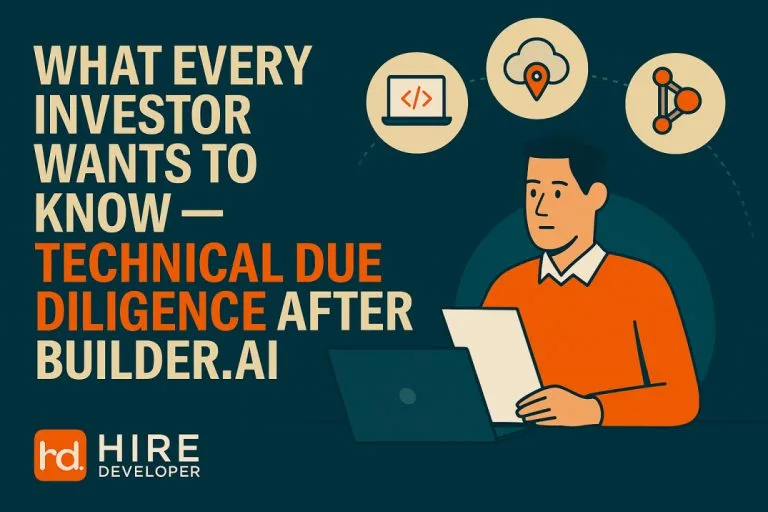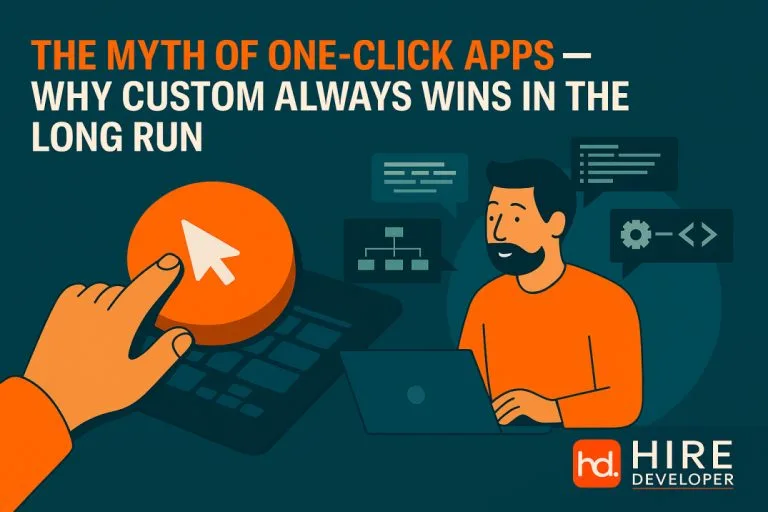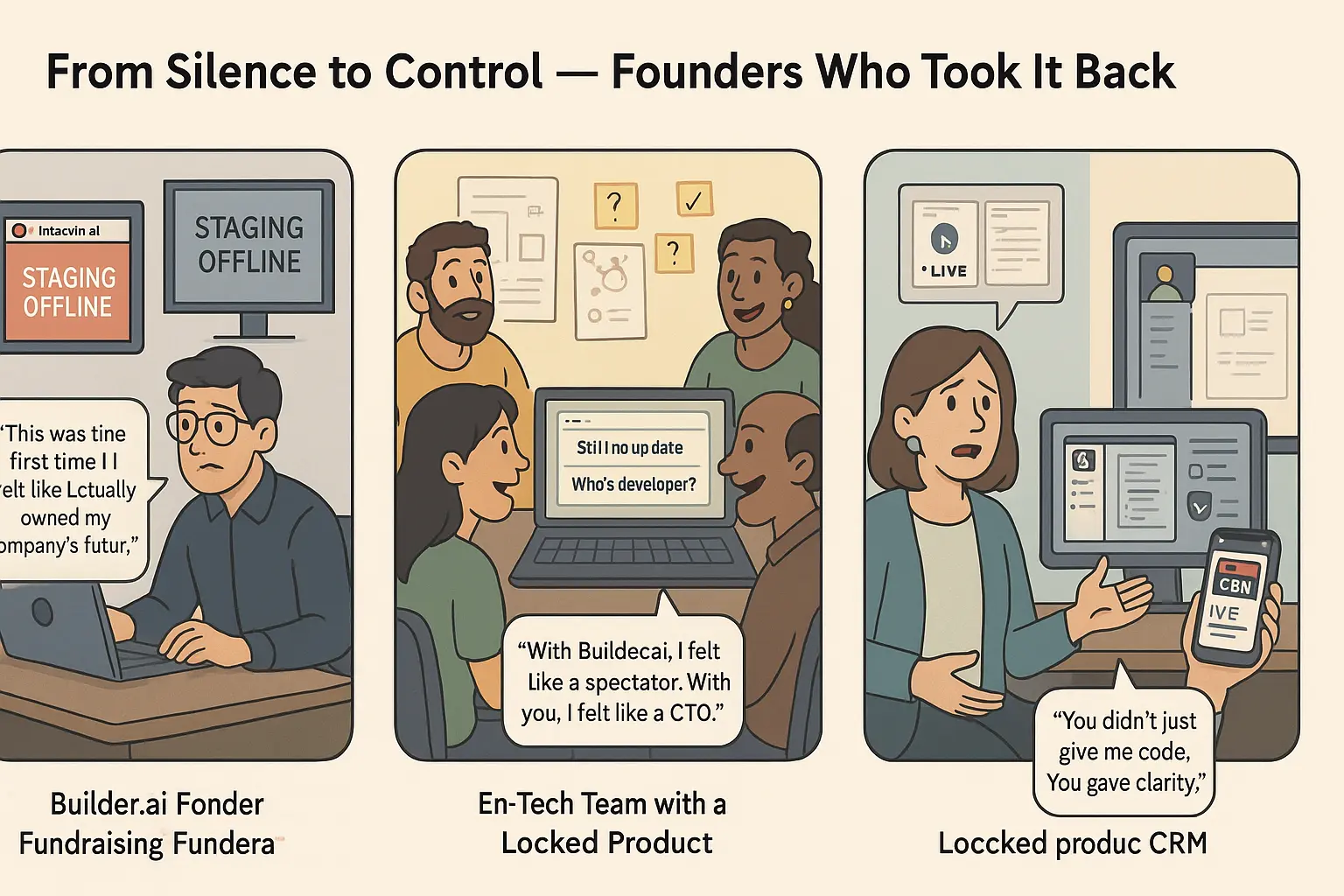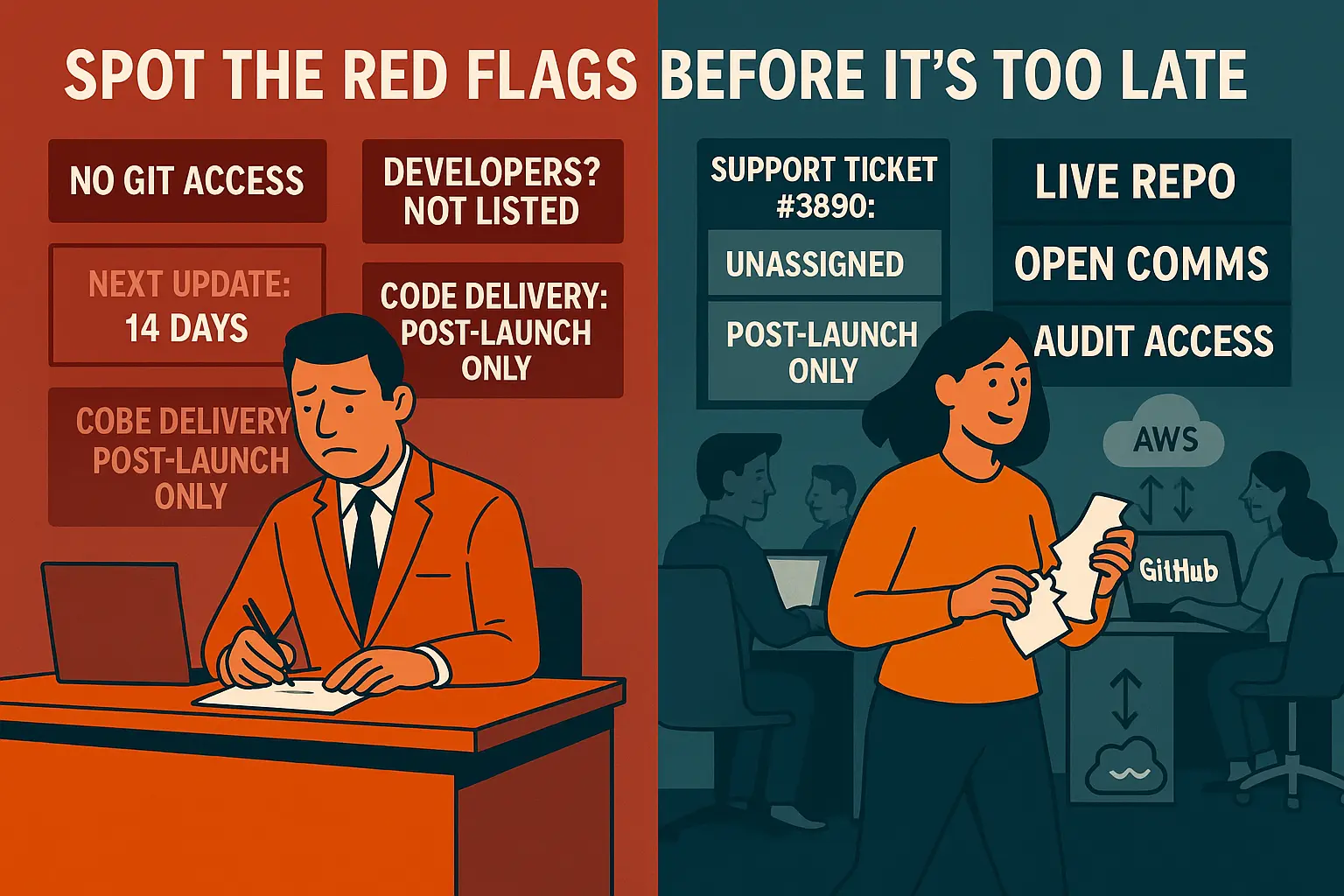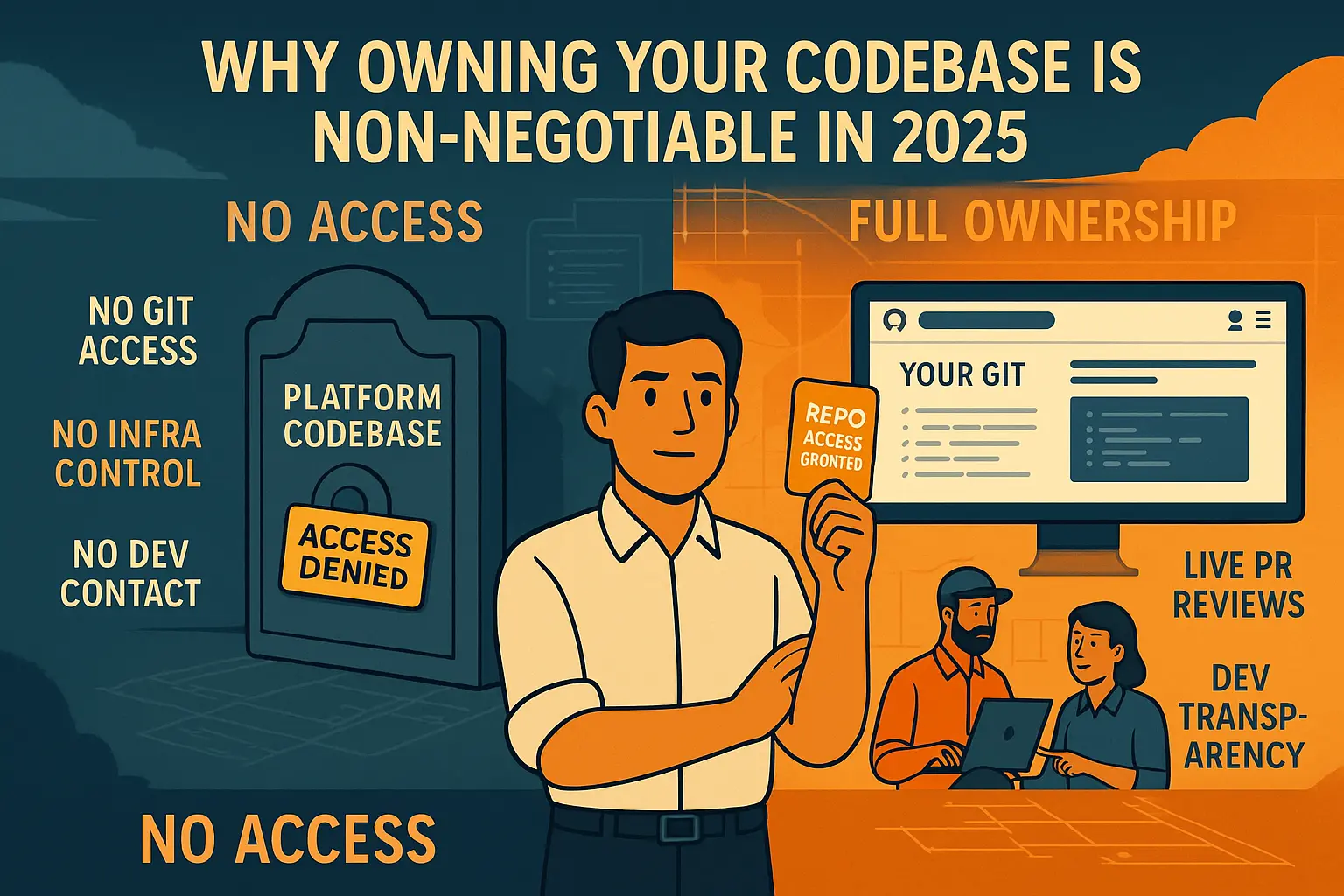One of the most transformative business technologies in 2025 is artificial intelligence (AI). While AI has been widely discussed for years, it is now being applied in a practical and impactful way, automating processes, enhancing decision-making, and personalising customer experiences across industries such as healthcare, finance, and logistics.
According to Statista, the global artificial intelligence market is projected to reach approximately $243.7 billion in 2025, with a compound annual growth rate (CAGR) of 27.7% through 2030. By then, the market is expected to exceed $826 billion.
However, businesses cannot assume they can leverage AI effectively without the guidance of professional expertise. Behind every intelligent system is a developer who designs, trains, and maintains the technology. AI developers play a crucial role in building intelligent software, delivering AI development services, automating business processes, and ensuring digital products are scalable and sustainable.
Hiring AI developers is not just beneficial, it’s essential. Organisations lacking in-house expertise risk underperformance, security vulnerabilities, and poor system integration.
This article examines the crucial role of AI developers, the challenges businesses encounter in hiring them, and the strategies for sourcing the right talent to drive long-term success.
Let’s take a closer look.
Who Are AI Developers?
AI developers are professionals specialising in the design and development of software and applications powered by artificial intelligence (AI) and machine learning. They possess a deep understanding of various tools, frameworks, and programming languages essential for AI development. Their core role is to build intelligent systems capable of performing tasks that typically require human intelligence.
AI engineers can hold diverse positions within the tech industry, depending on their experience and level of expertise. Their primary responsibilities often include data collection, training and development of AI models, and integrating these technologies into both new and existing systems.
The role of AI software developers is centred around building and maintaining AI-driven applications. They design algorithms and models that can learn, solve problems, adapt to changing environments, and drive innovation across sectors such as education, manufacturing, agriculture, cybersecurity, and retail. For businesses looking to leverage advanced technology, hiring AI developers enables them to convert raw data into actionable insights, fueling intelligent, customised solutions.
Why You Should Hire AI Developers in 2025 to Future-Proof Your Business
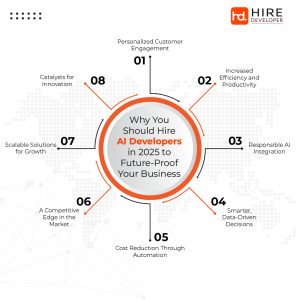
The subsequent advancements in technologies such as machine learning (ML), deep learning, and natural language processing are once again redefining industries, emphasising the growing importance of artificial intelligence (AI). These technologies empower companies to analyse vast volumes of data, streamline operations, make informed decisions, and deliver a personalised customer experience, all of which are key advantages of hiring skilled AI developers.
In today’s evolving AI landscape, businesses that embrace these opportunities stand a significantly better chance of thriving in a competitive market. Below are compelling reasons why you should hire AI developers is a strategic move:
1. Personalized Customer Engagement
By leveraging tools like recommendation engines and AI-powered chatbots, a core element of modern AI chatbot development, developers can tailor services to meet the unique needs of each customer. This personalised approach leads to deeper user engagement, increased satisfaction, and stronger brand loyalty.
2. Increased Efficiency and Productivity
AI developers enhance your team’s performance by building intelligent solutions that automate time-consuming, repetitive tasks, freeing your team to focus on what truly matters: creative, strategic work that drives meaningful results.
3. Responsible AI Integration
Effective AI development goes beyond mere functionality. Experienced developers design systems that are transparent and ethical, addressing critical concerns like algorithmic bias and data privacy, earning your customers’ trust through responsible innovation.
4. Smarter, Data-Driven Decisions
AI developers design programs capable of processing large volumes of data quickly and accurately. This drives essential AI applications such as predictive analytics, giving your business a clear edge in making informed, data-driven decisions.
5. Cost Reduction Through Automation
Over time, hiring AI developers can significantly reduce operational costs. By leveraging their expertise in automation, they implement intelligent systems that handle repetitive tasks like data entry, customer support, and administrative work, streamlining workflows and cutting down both time and expenses.
6. A Competitive Edge in the Market
Hiring AI developers empowers your business to stand out by implementing innovative, consumer-focused solutions that resonate with today’s tech-savvy audience. By bringing them on board, you’re making a strategic investment in a sustainable, future-ready business model.
7. Scalable Solutions for Growth
Need to scale fast? AI developers design intelligent systems that grow alongside your business efficiently and reliably. They handle increased workloads seamlessly, without driving up infrastructure costs or stretching your resources.
8. Catalysts for Innovation
AI developers bring innovative concepts and the latest technologies into your business. They play a key role in modernising your operations, uncovering new opportunities, and helping your organisation stay forward-thinking and competitive.
Challenges in Hiring AI Development Experts and How to Overcome Them
As AI revolutionises industries worldwide, businesses are encountering distinct challenges when hiring AI developers. Below are some common hurdles and effective strategies to overcome them:
1. Partnering with Inexperienced Service Providers
Choosing the right recruitment partner is crucial. Collaborating with inexperienced vendors when sourcing AI developers can result in poor hiring decisions. To avoid this, work with reputable staff augmentation companies or established AI consulting firms that specialise in AI talent acquisition. These partners bring industry knowledge and trusted networks, helping you connect with top-tier professionals.
2. Unclear Job Descriptions
Vague or incomplete job descriptions can create confusion and misalignment between a candidate’s skills and the company’s needs. Be clear and specific about the technical competencies, responsibilities, and experience required for the role. A well-defined job description sets the foundation for successful hiring and ensures alignment from the start.
3. Compromising on Recruitment Quality
While budget-friendly recruitment agencies might seem appealing initially, they often come with long-term costs. Poor screening processes, slow communication, and a lack of transparency can result in a bad hire. Investing in a trusted recruitment partner enhances the hiring experience, ensures better communication, and leads to higher-quality talent acquisition.
4. Absence of Clear Commitments
Lack of upfront commitments from developers can create future challenges. It’s essential to define expectations around deliverables, timelines, and ongoing support early in the process. Request written guarantees to foster accountability and build a strong, long-term working relationship based on mutual trust and reliability.
5. Unrealistic Expectations About AI Capabilities
Many businesses enter the hiring process with inflated expectations, anticipating fully autonomous AI solutions overnight. This often leads to misalignment, frustration, and high turnover. Set expectations that align with the current capabilities of AI technologies and the scale of your project. Collaborate closely with your development team, aim for incremental progress, and cultivate innovation within realistic boundaries.
Tips for Hiring Expert AI Developers
Choosing the right AI developer isn’t just about coding skills. From understanding your business needs to verifying hands-on experience, here are the key steps to hiring the best talent in the AI space:
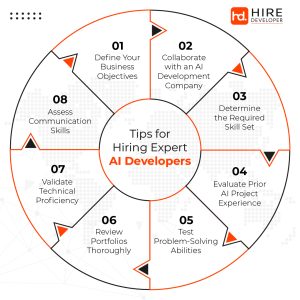
1. Define Your Business Objectives
It’s crucial to clearly define what you want to achieve before implementing AI. Whether your goal is to optimise processes, enhance the customer experience, or extract insights from data, having well-defined objectives helps you identify developers whose skill sets align with your needs. Understanding the “why” behind adopting AI ensures your development team builds a solution that supports your broader business vision.
2. Collaborate with an AI Development Company
Once you’ve clearly defined your objectives and the required skill set, the next step is selecting an AI development company that offers AI developers for hire. Partnering with a reputable firm gives you access to a vetted talent pool of professionals with demonstrated expertise in AI technologies. These companies often provide multidisciplinary teams that combine technical proficiency with strong project management capabilities, ensuring high-quality outcomes while minimising the risks associated with direct hiring.
3. Determine the Required Skill Set
AI initiatives vary widely in scale and complexity. The next crucial step is identifying the specific skills and expertise your project demands to develop effective AI models. Whether your focus is on machine learning, natural language processing, or computer vision, clearly understanding these required competencies enables you to engage candidates who possess the right experience and qualifications.
4. Evaluate Prior AI Project Experience
A proven track record in delivering successful projects is one of the strongest indicators of a developer’s ability to meet expectations. Focus on identifying developers or firms that have already built AI solutions like your vision. Their hands-on experience with real-world AI challenges equips them to navigate technical obstacles efficiently and deliver results within shorter timeframes.
5. Test Problem-Solving Abilities
AI development is a highly dynamic and intricate process that demands strong problem-solving abilities. During the recruitment phase, assess a candidate’s analytical thinking and creativity by presenting real-life problems or coding challenges. A developer’s ability to devise innovative and efficient solutions is critical to the success of your AI project
6. Review Portfolios Thoroughly
A good portfolio provides clear insight into what a developer or company is capable of. Review their past projects to assess the quality, depth, and relevance of their work. Look for diversity in their AI applications; this reflects adaptability and a broad understanding of artificial intelligence. A strong portfolio demonstrates both experience and credibility.
7. Validate Technical Proficiency
In AI development, technical skills are essential. Ensure that candidates have a solid understanding of relevant programming languages, AI algorithms, frameworks, and machine learning models. They should be comfortable working with large volumes of data and applying cutting-edge AI techniques. A thorough technical assessment helps you select developers who can effectively meet the specific technical requirements of your project.
8. Assess Communication Skills
Communication is critical to any project, and AI is no exception because technical ideas frequently need to be translated into non-technical ones during communication with non-technical stakeholders. When interviewing, evaluate the ability of candidates to express themselves and work with the team members, even on complex ideas. Developers who possess the ability to communicate effectively are useful in breaking the barrier that exists between business and technology, thereby facilitating a smooth implementation process.
Hire Expert AI Developers from HireDeveloper.Dev!
At HireDeveloper.Dev, we deliver cutting-edge AI solutions that are future-ready. As one of the most trusted names in custom software development, we’ve earned a reputation as the go-to partner for organisations seeking skilled AI developers for hire, developers who can transform ambitious ideas into tangible, results-driven innovations.
Our AI developers work collaboratively with clients, ensuring every AI system we build is aligned with clear business goals. From machine learning models and predictive analytics automation to AI agent development, we leverage the latest AI technologies to drive operational efficiency and sustainable growth.
Backed by deep industry knowledge and a 24/7 commitment to support, HireDeveloper.Dev ensures a seamless experience from concept to deployment. We bring not only technical proficiency but also real-world experience and an understanding of evolving business needs.
When you hire AI developers from HireDeveloper.Dev, you’re not just accessing top-tier talent, you’re gaining a strategic partner dedicated to your success. With our focus on transparency, quality, and long-term value, you experience the true potential of AI development delivered by a team you can trust. Ready to take the next step? Contact us to schedule your free consultation call today, and let’s build the future together.
